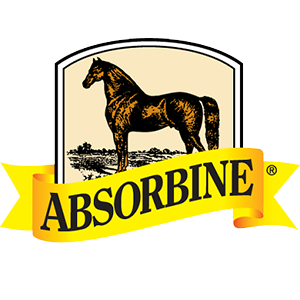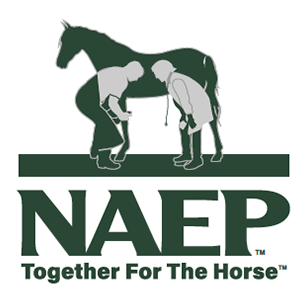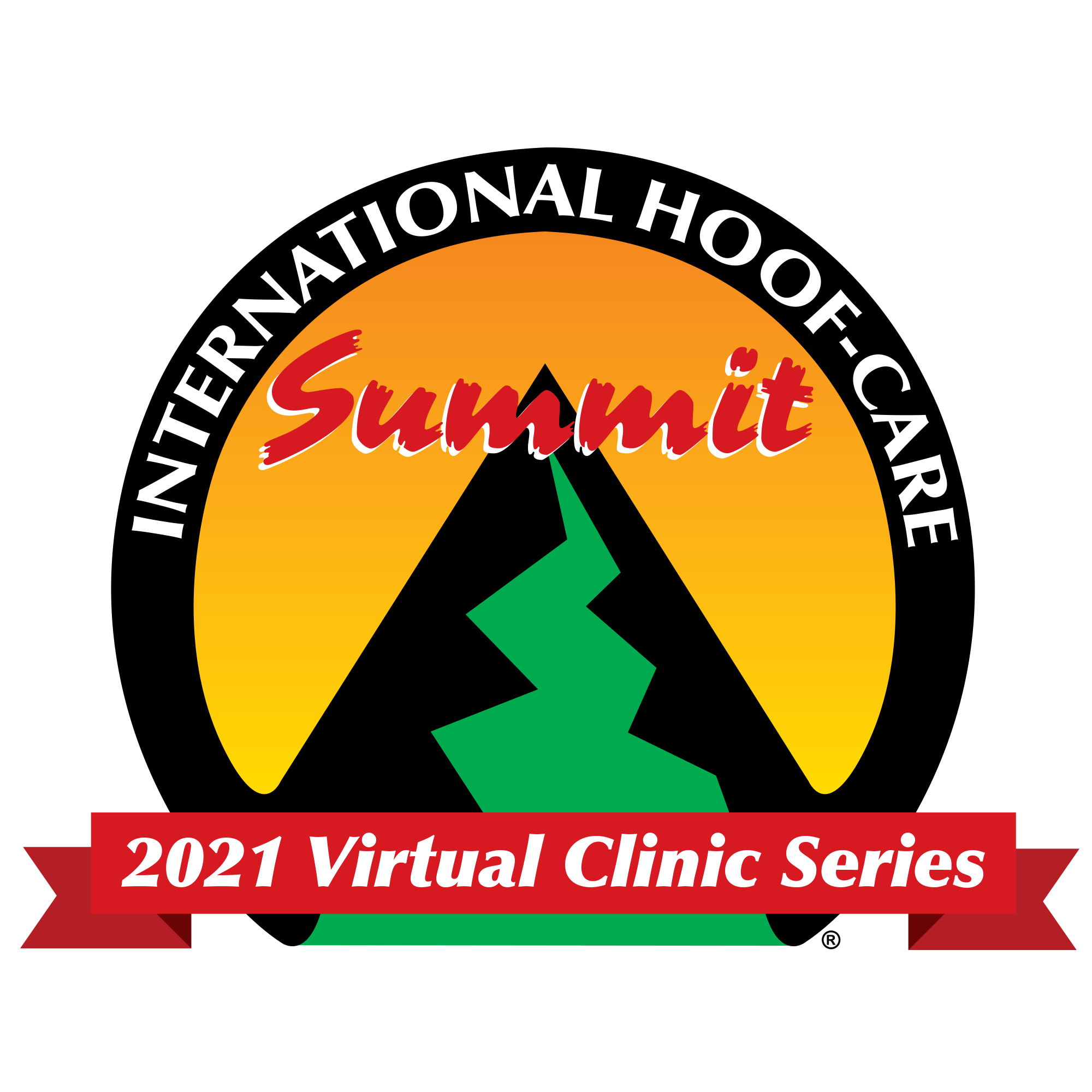
INTERNATIONAL HOOF-CARE SUMMIT
2021 Virtual Lecture Series
DID YOU MISS JUNE'S LIVE AND ON-DEMAND SESSIONS FOCUSED ON THE MONTHLY THEME OF "Anatomy and Biomechanics?"
Sign up today for $99 and gain access to replay each live and on-demand session below that was featured during June's program focusing on "Anatomy and Biomechanics."
You'll also get access to HOURS of upcoming live and on-demand sessions that will be released each month through September 2021!
schedule of monthly virtual clinic themes
September: Improving Product Use and Application
(Coming Soon)
August: Building a Better Business and Client Management
(Learn about August's program here)
July: The Future of Evidence-Based Farriery
(Learn about July's program here)
June: Anatomy and Biomechanics
(Learn about June's program below)
May: Managing Foot Diseases
(Learn about May's program here)
April: Shoeing for Specific Disciplines
(Learn about April's program here)
March: Better Footcare Basics
(Learn about March's program here)
February: Therapeutic Shoeing
(Learn about February's program here)
JUNE PROGRAM THEME:
anatomy and biomechanics
Brought to you by:
|
|
sign up today to get replay access to june's sessions...
SPEAKER LIVE Q&A:
LOOKING AT THE BACK HALF OF THE FOOT

In this live session, Paige Poss shares her presentation on the structures of the back half of the foot. Looking at the soft tissue structures, she will discuss how these relate to injury and how it should influence your trimming and shoeing decision. Poss will review samples from her own studies for this presentation.
Paige Poss holds a degree in Animal Science from North Carolina State University. She has worked as a research technician for leading scientists in the fields of biochemistry, toxicology, physiology and nutrition. In 1999, she began her career in farriery and equine anatomy. Poss has dissected hundreds of lower legs and documented her work. Her passions lie in creating images that teach and using easy to understand analogies to explain complex concepts. She is a member of the Progressive Hoof Care Practitioners, and the International Association of Professional Farriers.
SPEAKER LIVE Q&A:
WITH JAKE HALL, APF, CJF
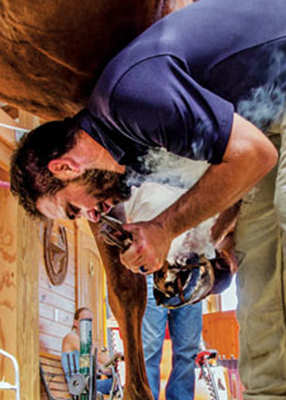
Watch a replay of a live Q&A session with Jake Hall, APF, CJF, of Blue Dog Forge & Farriery in Virginia Beach, Va. The former therapeutic farrier for Virginia-Maryland Regional College of Veterinary Medicine at Virginia Tech University in Blacksburg, Va., discusses how anatomy and biomechanics influence his trimming and shoeing.
Plus... get exclusive access to top-rated sessions from previous international hoof-care summits

Register today and you'll receive on-demand access to these
best-of-the-best presentations from past International Hoof-Care Summits focused on
anatomy and biomechanics:
DISSECTION OF THE DISTAL LIMB
Mitch Taylor, CJF, AWCF, Kentucky Horseshoeing School, Richmond, Ky.
Learn more
In this dissection of the distal limb, Mitch Taylor will review the structure and function of the limb. He will also discuss some acute and chronic lamenesses that could occur as he progresses through the dissection. The limb is loaded in a press to show biomechanics at play.
DISSECTION OF THE EQUINE HOOF CAPSULE
Mitch Taylor, CJF, AWCF, Kentucky Horseshoeing School, Richmond, Ky.
Learn more
In this session, Mitch Taylor dissects a cadaver limb hoof capsule from a young horse (a different horse from the distal limb dissection). Taylor will relate the internat structures to the rest of the distal limb.
CURRENT CONCEPTS ON BIOMECHANICAL BASICS OF THERAPEUTIC FARRIERY
Maarten Oosterlinck, DVM, PhD, Dipl. ECVSMR, Dipl. ECVS. EBVS, University of Ghent, Belgium
Learn more
In this presentation, University of Ghent researcher Maarten Oosterlinck will show how objective and quantitative tools to employ routinely in the assessment of equine locomotion and farriery techniques are gradually becoming available to the equine clinician and farrier. This presentation reviews the current biomechanical concepts that are important for evidence-based application of trimming and shoeing techniques in the treatment of lameness. The main issues that will be discussed are hoof balance, shock absorption, grip vs. sliding, the pressure distribution within the hoof, and hoof breakover. Also, possible effects on the hoof mechanism have to be considered. Ideally, these issues should be considered in the prevention of injury rather than in the treatment of established pathology.
USING FARRIERY PRINCIPLES: A PRACTICAL LOOK AT THE EQUINE FOOT
Dr. Steve O'Grady, DVM, MRCVS, Keswick, Va.
Learn more
In this session, Dr. Steve O'Grady will discuss how sound farriery is based on principles. The horse’s foot is unique as it is a biological entity that follows the laws of physics. It is important to understand what a healthy foot before understanding unhealthy. In this session, O'Grady will discuss how farrier decisions affect equine anatomy and biomechanics.
ORIENTATION OF THE DISTAL PHALANX AS RELATED TO PATHOLOGIES (PART 1)
Mike Savoldi, Farrier and Researcher, Shandon, Calif.
Learn more
The shape of the hoof is a moment in time. This means that it is constantly changing. Recognizing these changes is the first step in developing a healthy foot. In this presentation, Hall of Fame farrier and researcher Mike Savoldi will discuss the importance of protecting bone structure, bone position, and bone movement within the hoof capsule to produce a healthy foot. Savoldi suggests traditional farrier science is in many ways hindering the farrier’s ability because it does not apply to the internal portions of the foot.
ORIENTATION OF THE DISTAL PHALANX AS RELATED TO PATHOLOGIES (PART 2)
Mike Savoldi, Farrier and Researcher, Shandon, Calif.
Learn more
The position of the distal phalanx is critical when it comes to both hoof health and capsule shape. The shape of the hoof capsule will be determined and prescribed by the shape of the sole arch. The sole arch can be very deep (cupped foot) or it can be flat and shallow (flat foot). In part two of his presentation on the distal phalanx, Hall of Fame farrier and researcher Mike Savoldi will share strategies to learn how to work with the foot instead of dictating to it.
FOAL TO MATURITY: A DISCUSSION OF COMPARATIVE ANATOMY (PART 1)
Paige Poss, APF, Tucson, Ariz.
Learn more
Farriers understand that the foal’s bones are still developing in the early months of the horse’s life. But what specifically are the differences between the immature and mature foot. In this presentation, Paige Poss of Tucson, Ariz., will survey the anatomy of these structures, first by discussing how the immature bone responds and adapts as it grows to maturity.
FOAL TO MATURITY: A DISCUSSION OF COMPARATIVE ANATOMY (PART 2)
Stuart Muir, CJF, NZCEF, DipWCF, APF-I, resident farrier at Rood & Riddle Equine Hospital in Lexington, Ky.
Learn more
In the continuation of this lecture, Stuart Muir of Rood & Riddle Equine Hospital in Lexington, Ky., covers shoeing options in relation to assessment, growth plate education and a new grading scale they’ve adopted at the clinic. The talk goes into all common and not so common issues, including flexural deformities and treatment of club-footed foals. He’ll also survey several treatment options utilized by the footcare team at his clinic.
DEVELOPMENT OF A BIOMECHANICAL SYSTEM FOR EQUINE ANALYSIS (PART 1)
Dominico Cellaro, Farrier, Turi, Italy
Learn more
Curious about forces on the foot in the dynamic state, Italian farrier Dominico Cellaro became inspired to create his own system for measurement. But it isn’t just a machine used as a novelty. Through his research, he’s uncovering interesting findings that help us understand how horseshoes affect the different gaits in relation to ground reaction forces.
DEVELOPMENT OF A BIOMECHANICAL SYSTEM FOR EQUINE ANALYSIS (PART 2)
Dominico Cellaro, Farrier, Turi, Italy
Learn more
In his previous session, Italian farrier Domenico Cellaro shared how he developed his machine to measure the effect of ground reaction forces. In this talk, he’ll show how he was inspired to make this machine, how he built it and the future implications of his work with it.
WHICH LEG IS IT: AN INTERACTIVE DISCUSSION OF LAMENESS
Dr. Amy Barstow, PhD, Hertfordshire, England
Learn more
Lameness recognition is an important function of the farrier when looking at a horse in motion. Sometimes the indicators are not so obvious. In this presentation, Royal Veterinary College researcher Dr. Amy Barstow will discuss practices of lameness detection, and then lead an interactive discussion of a variety of cases. Attendees will be given the opportunity to vote on which leg is presenting the lameness by using a wireless voting tool. Barstow will read the results in real-time and reveal the actual problem limb and causes.
HOW UNEVEN FEET AFFECT LOCOMOTION
Dr. Sarah Jane Hobbs, PhD, University of Central Lancashire, Preston, England
Learn more
Left-right symmetrical distal limb conformation can be an important prerequisite for a successful performance, and it is often believed that asymmetric or uneven feet are important enhancing factors for the development of lameness. On a population level, it has been demonstrated that uneven footed horses are retiring earlier from elite level competition, but the biomechanical consequences are not yet known. In this presentation, University of Central Lancashire biomechanics researcher Sarah Jane Hobbs will compare the functional locomotor asymmetries of horses with uneven feet to those with even feet. Her presentation will reveal fascinating results gained through hoof kinetics and limb kinematics.
HOW TO AFFECT THE EQUINE FETLOCK JOINT (PART 1)
Mitch Taylor, CJF, AWCF, Kentucky Horseshoeing School, Richmond, Ky.
Dr. Jenny Hagen, DVM, PhD, CF
Learn more
The fetlock joint is an incredible part of equine anatomy. Lameness that involves this joint is a common challenge for footcare professionals to address. In this presentation, Mitch Taylor, owner and operator of the Kentucky Horseshoeing School in Richmond, Ky., will survey the anatomy of the fetlock joint and surrounding structures. As Taylor performs the anatomical review, Dr. Jenny Hagen of the Equine Locomotor System and Hoof Orthopaedics at Leipzig University’s Institute of Veterinary Anatomy will present results from a study of the relationship between toe conformation and fetlock joint angle, as well as the effect of different wedges on internal structures associated with the fetlock joint.
HOW TO AFFECT THE EQUINE FETLOCK JOINT (PART 2)
Mitch Taylor, CJF, AWCF, Kentucky Horseshoeing School, Richmond, Ky.
Dr. Jenny Hagen, DVM, PhD, CF
Learn more
Mitch Taylor continues with the dissection, while Dr. Jenny Hagen will relate this complex anatomy to the physiological function of the performance horse. Their combined presentation will further reveal how orthopedic device selection affects the function of the fetlock joint.
HOOF DEVELOPMENT: FROM FETUS TO MATURITY
Dr. Simon Curtis (FWCF), Farrier and Researcher, Newmarket, England
Learn more
Newmarket, England, farrier Simon Curtis has presented remarkable work on the Thoroughbred over the years. In this Summit lecture, he will present how the equine hoof develops, beginning from fetus through though its maturity. As the foot matures, Curtis will share important insight on hoof loading and growth. He’ll use microscopic studies and pressure mat data to deliver essential points to this lecture. This presentation will help bridge the understanding of Curtis’s other talks at the Summit.
AN ANATOMICAL REVIEW OF THE FEATURES AND EFFECTS OF DIFFERENT FOOT TYPES
Mitch Taylor, CJF, AWCF, Kentucky Horseshoeing School, Richmond, Ky
Learn more
Different foot types affect the inside of the hoof and distal limb? For this presentation, Mitch Taylor, owner and operator of the Kentucky Horseshoeing School in Richmond, Ky., will bring a variety of equine cadaver feet that represent a wide spectrum of foot types Through dissecting each foot and limb at different stages, he’ll first establish a foundation for the parameters of this review.
|
|

